Witnessing a solar eclipse is a breathtaking experience, but safety is paramount when observing this celestial event. Learning how to make eclipse glasses at home offers a cost-effective and engaging way to protect your eyes while enjoying the spectacle. This DIY approach not only ensures safety but also adds a personal touch to your eclipse viewing experience.
This guide will walk you through the process of creating your own eclipse glasses using simple materials found around the house. We’ll cover the essential items needed, provide step-by-step instructions to make pinhole projectors, and explain how to test and use your homemade eclipse viewers safely. By the end, you’ll be well-equipped to craft your own solar eclipse glasses, allowing you to witness this awe-inspiring phenomenon without risking your eyesight.
Also Read: How Many Days Till Valentine’s Day
Materials Needed for DIY Eclipse Glasses
Household Items
To make DIY eclipse glasses, one needs the following items:
- Cardboard box (such as a cereal or shoe box)
- White sheet of paper
- Tape
- Scissors
- Aluminum foil
- Pin or small nail (for making a pinhole)
These common household items can be used to create a simple pinhole projector, which allows for safe indirect viewing of a solar eclipse.
Safety Precautions
When preparing to view a solar eclipse, safety is paramount. Here are some crucial precautions:
- Never look directly at the Sun without proper eye protection.
- Regular sunglasses, no matter how dark, are not safe for viewing the Sun.
- Do not use cameras, binoculars, or telescopes without special-purpose solar filters.
- Always supervise children using solar viewers.
- Inspect eclipse glasses or handheld viewers for damage before use.
- When using a pinhole projector, do not look at the Sun through the pinhole.
By following these safety measures, one can enjoy the solar eclipse without risking eye damage.
Also Read: How Many Days Till Valentine’s Day
Step-by-Step Guide to Make Pinhole Projectors
Cereal Box Method
- Gather materials: Cereal box, aluminum foil, scissors, tape, white paper, and a pencil or sharp object.
- Prepare the box: Cut out two sides on the top of the cereal box, leaving the center with the tab intact. One opening will be for viewing, the other for sunlight entry.
- Create the viewing base: Trace the bottom of the box on white paper, cut out the rectangle, and tape it securely inside the box’s bottom.
- Secure the top: Tape the center tab of the box shut. Cut a piece of aluminum foil to cover one opening on the top and tape it securely.
- Make the pinhole: Use a sharp object to poke a small hole in the center of the foil.
- Test and use: Position yourself with your back to the sun, allowing sunlight to shine onto the box’s top. View the projected image through the open side.
Paper and Foil Method
- Collect materials: Two sheets of paper, a pin or thumbtack, and aluminum foil (optional).
- Create the pinhole: Make a small, smooth hole in the center of one paper sheet using the pin.
- Set up for viewing: Stand with your back to the sun, holding the pinhole paper above your shoulder.
- Project the image: Hold the second sheet of paper at a distance as a screen. An inverted image of the sun will appear.
- Adjust image size: Move the screen paper further away to enlarge the projected image.
Also Read: How Many Days Till Valentine’s Day
Testing and Using Your DIY Eclipse Glasses
Proper Usage
Before using DIY eclipse glasses, it’s crucial to test them for safety. One should hold the glasses up to a strong light source, preferably sunlight on a clear day. If any holes or cracks are visible, they should be covered with extra cardstock and tape. The viewer should project a clear, pinpoint image of light when aimed correctly. It’s essential to remember that looking directly at the sun, even during a partial eclipse, can cause serious eye damage or blindness.
Viewing Tips
When using the eclipse viewer, one should point the pinhole end directly at the sun. To aim correctly, they can move the viewer until a round spot of light appears on the paper at the opposite end – this is the projected image of the sun. For easier aiming, one can find the viewer’s shadow on the ground and move it until the shadow is as small as possible, forming a perfect circle. It’s important to look only at the projected image on the white paper, never through the pinhole at the sun itself. For a larger projection, one can remove the screen and place a white paper on the ground, aiming the viewer downwards for an enlarged image.
Also Read: How Many Days Till Valentine’s Day
Conclusion
The creation of DIY eclipse glasses using simple household items offers a practical and engaging way to safely observe solar eclipses. This approach not only ensures eye protection but also adds a personal touch to the viewing experience. By following the step-by-step instructions provided, anyone can craft their own pinhole projectors, allowing for the safe indirect viewing of this awe-inspiring celestial event.
Safety remains paramount when observing solar eclipses, and the proper testing and use of homemade viewers are crucial to prevent eye damage. These DIY methods not only provide a cost-effective alternative to commercial eclipse glasses but also serve to educate and inspire, fostering a deeper appreciation for astronomical phenomena. With these tools and knowledge in hand, individuals can confidently and safely witness the breathtaking spectacle of a solar eclipse.
Also Read: How Many Days Till Valentine’s Day
FAQs
1. How can I create eclipse glasses at home?
To make your own eclipse glasses, you will need specific materials like solar viewing film. This guide will focus on alternatives if you don’t have access to professional materials.
2. What alternatives are there if I don’t have eclipse glasses?
If you don’t have eclipse glasses, you can use a pinhole projector. This device allows sunlight to pass through a small hole, casting a tiny image of the sun onto a surface. It is a safe way to watch a partial solar eclipse.
3. How do I construct a simple eclipse viewer?
To make a basic eclipse viewer, gather a piece of cardboard, a pin, and a sheet of white paper. Create a small hole in the center of the cardboard using the pin. Place the white paper on the ground. Stand with your back to the sun and hold the cardboard so that it is perpendicular to the sunlight.
4. How can I make eclipse glasses using a cereal box?
This question suggests crafting eclipse glasses from a cereal box, which involves transforming the box into a pinhole projector for safe solar viewing.






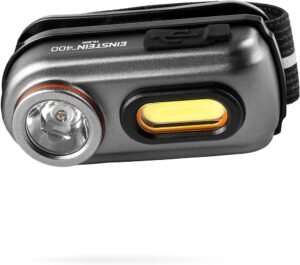


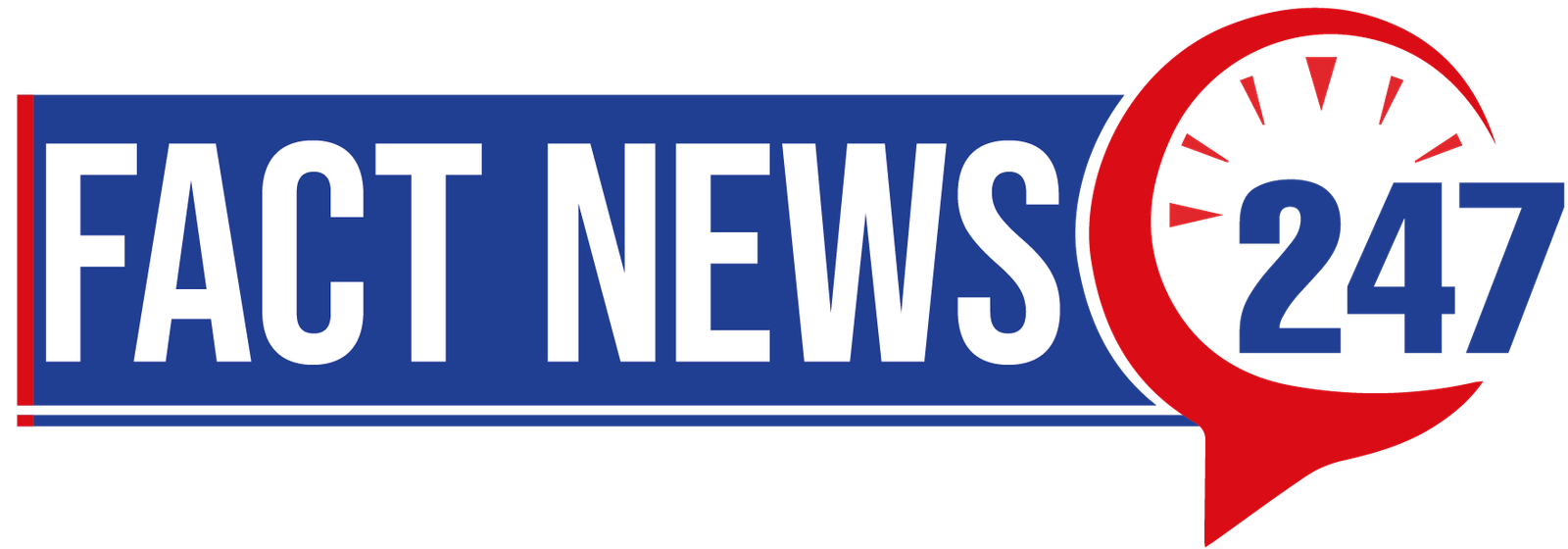
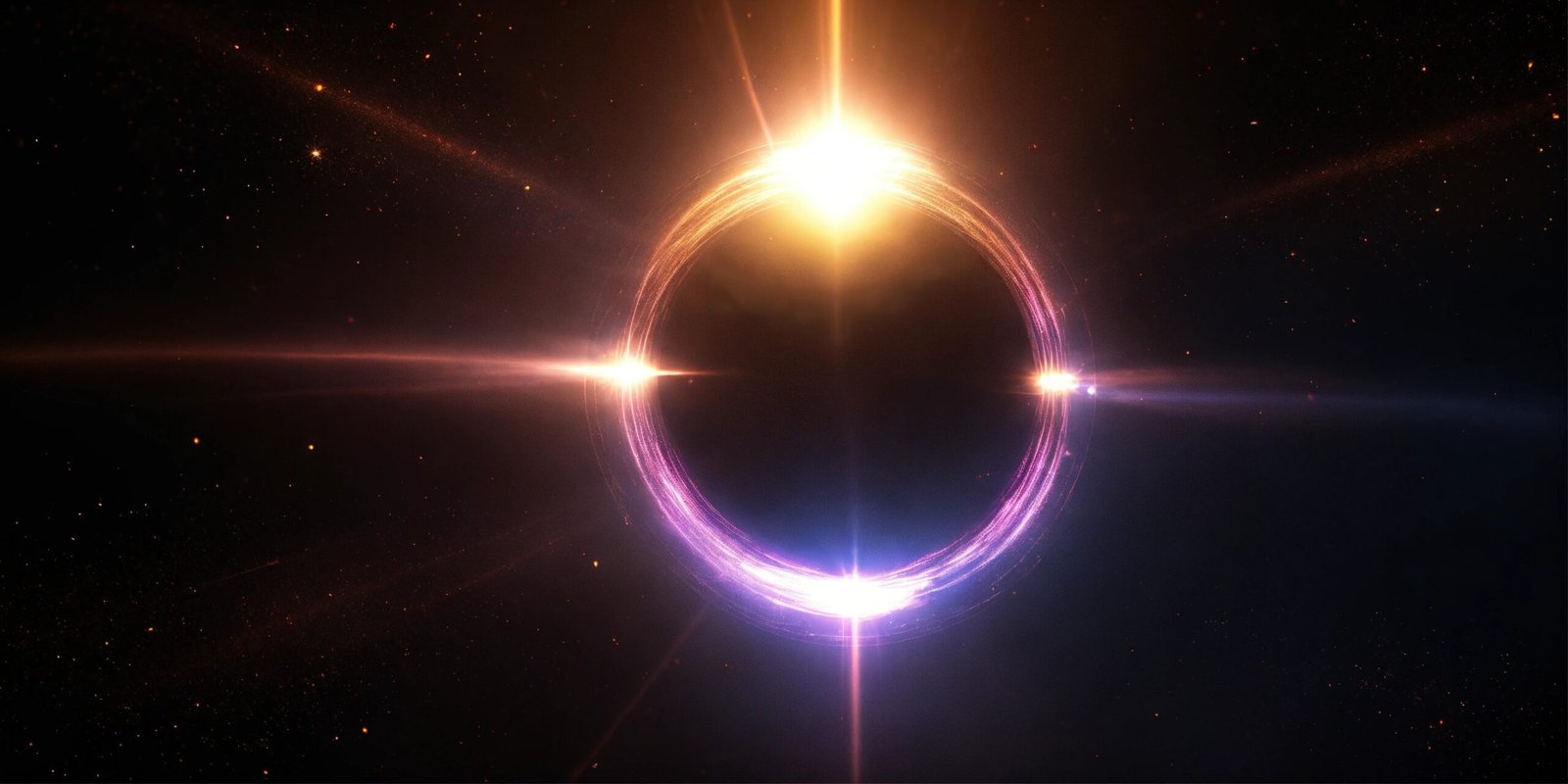



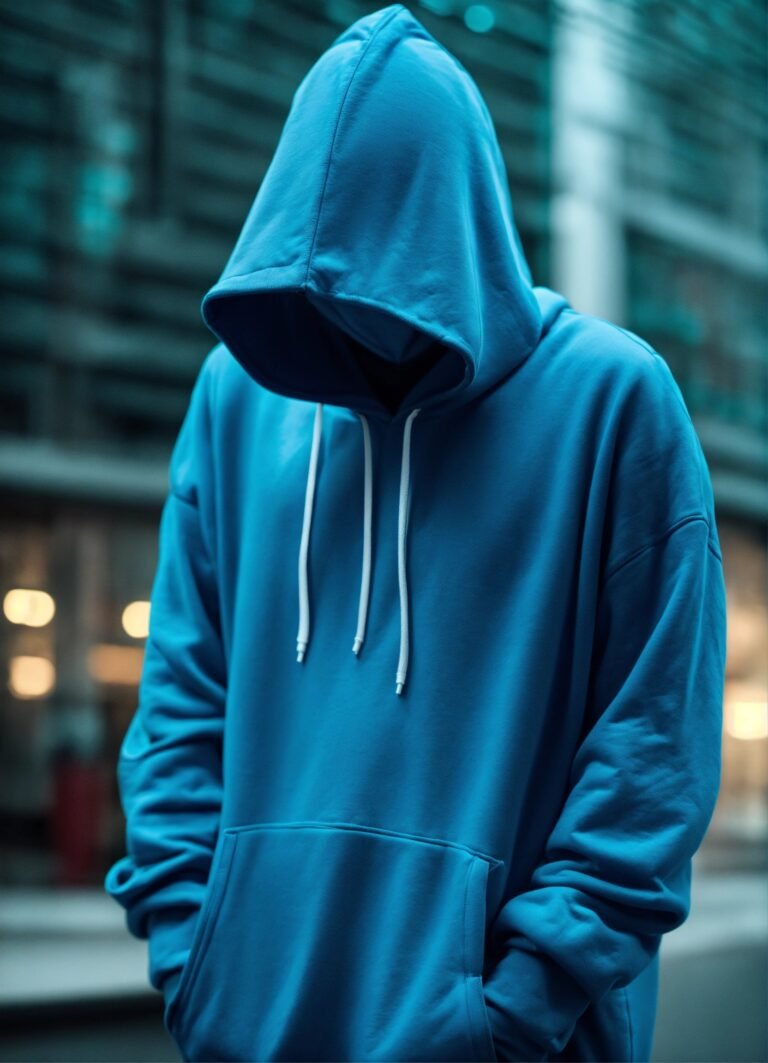
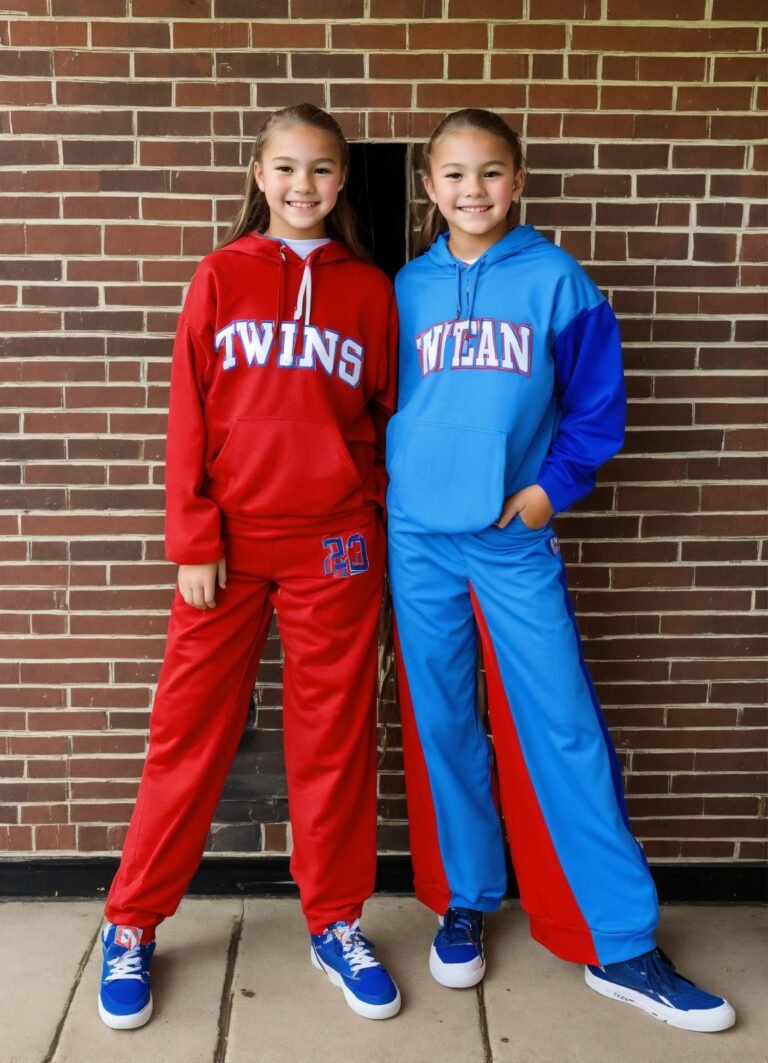









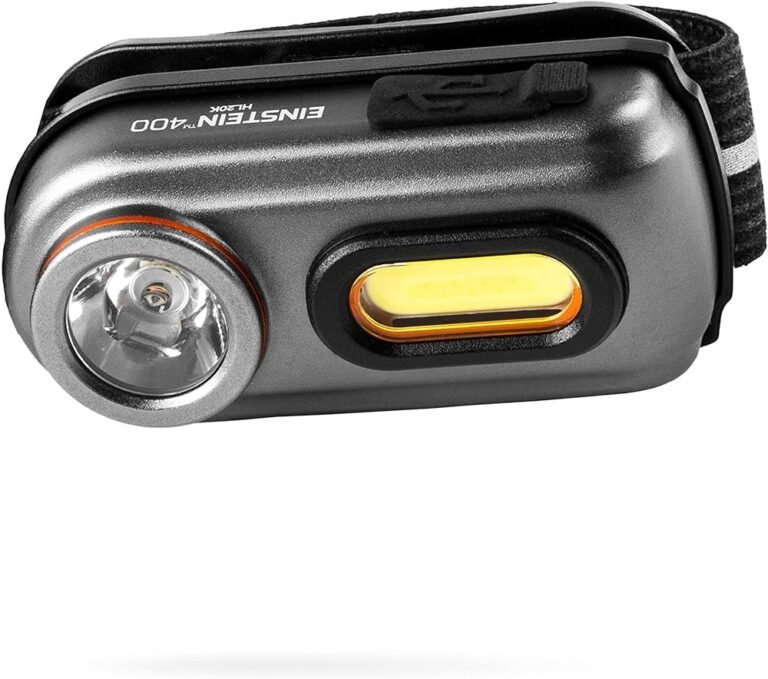

+ There are no comments
Add yours